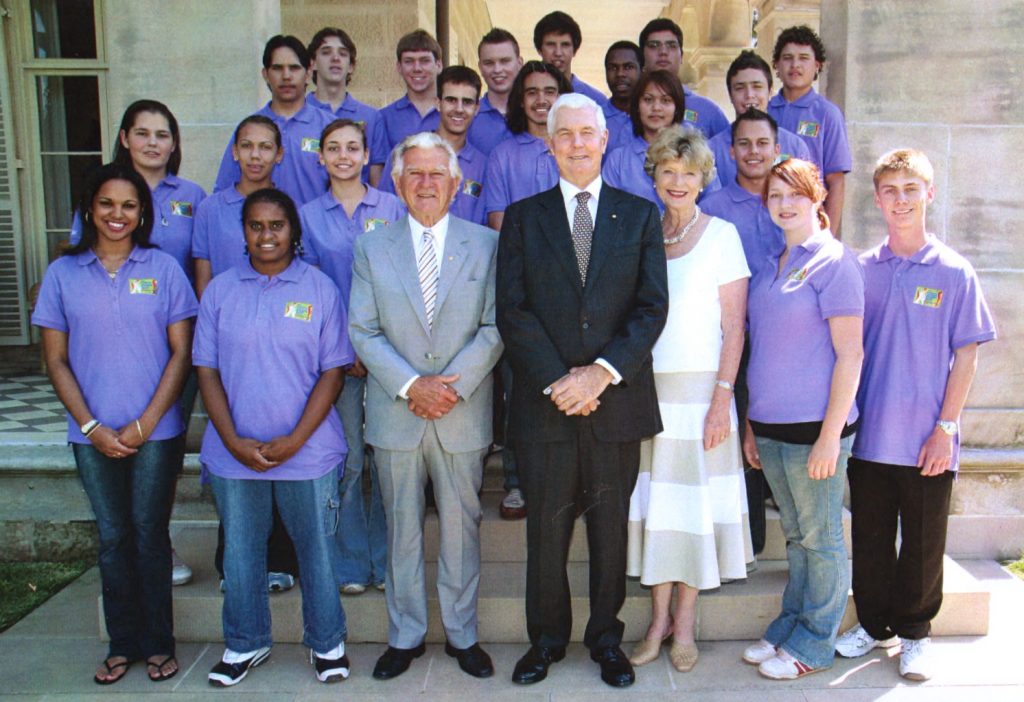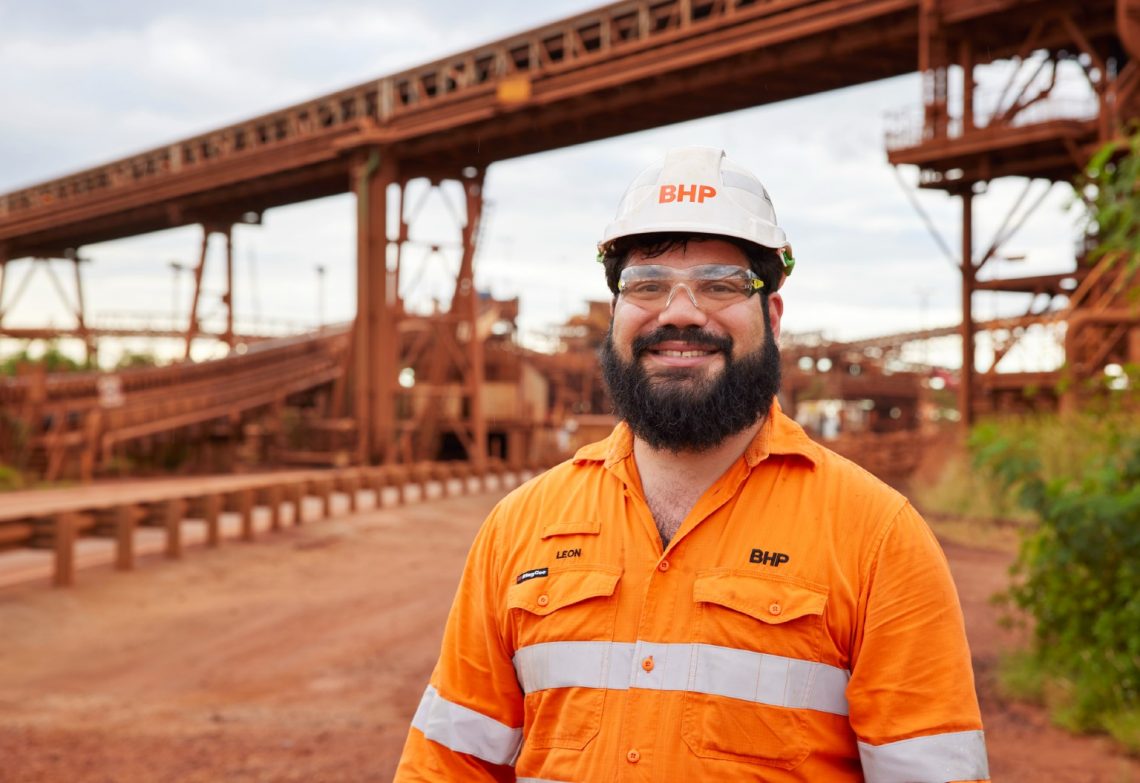Continuing our celebration of this year’s NAIDOC week theme — Get Up! Stand Up! Show Up! — create spoke to Leon Oriti, Project Manager at BHP Port Headland and proud Bardi and Karajarri man from the Kimberley’s in Western Australia, about Engineering Aid Australia’s influence on his career.
In Leon’s words
I’m the first engineer in my family. Growing up, I had no idea who engineers were or what they did.
I had a strong maths and science slant and attended Engineering Aid Australia’s Indigenous Australian Engineering School in Sydney in 2007. Programs like that helped me understand what engineers were and that it was an accessible career path.
You can only be what you see.
There was a lot of buzz at the time around green energy. I was fascinated by the field and decided I wanted to be an electrical engineer. I worked as an electrical engineer in consulting before progressing into project management as a contractor, and now work for an owner-operator.
Engineering is amazing. It’s an extremely energy-filled profession where you’re out there trying to solve problems, workshopping ideas and putting together plans to get things done. There’s so much opportunity if you enjoy problem solving, analysis, and critical thinking.

I’m currently working as a Project Manager delivering a technology project for BHP. There’s a lot of engagement with a variety of internal stakeholders from end-users to design engineers and installation contractors across a variety of disciplines.
The works I have to my name are so much bigger and better than I could have imagined when I first got into the field.
When I think of where I am today, there are a lot of people personally and professionally who paved the way for me.
You can see all the hard work that so many Indigenous employees did over the past 40 years, and now they get to sit in a room with so many more Indigenous employees being represented in all positions throughout the organisation. It’s inspiring. I hope I get to do the same in 20 to 30 years.
We are making big jumps in our representation, but there’s still plenty of work to go. When you think of the opportunities to bridge the gap between Indigenous communities, many solutions will require engineers.
For more NAIDOC Week stories, read how Engineering Aid Australia inspired:



